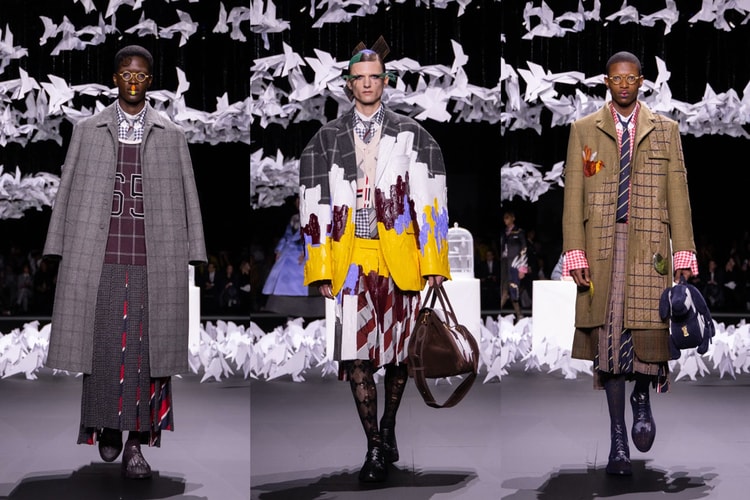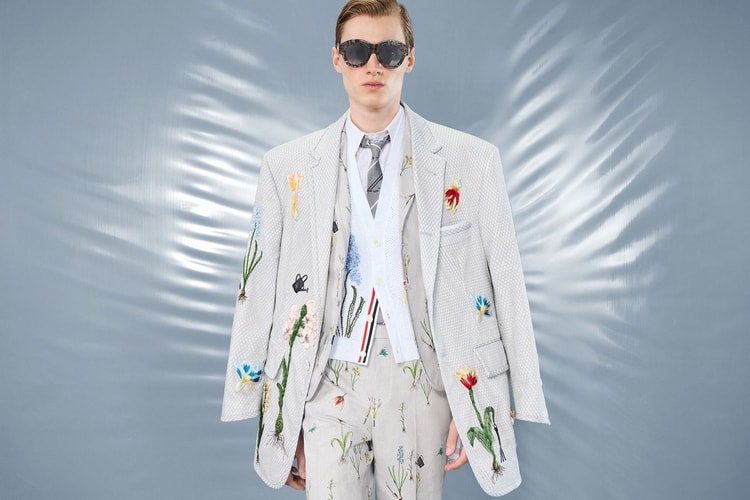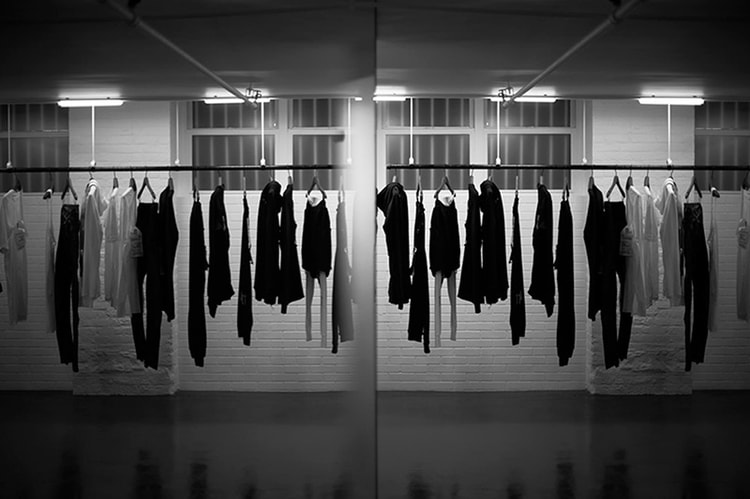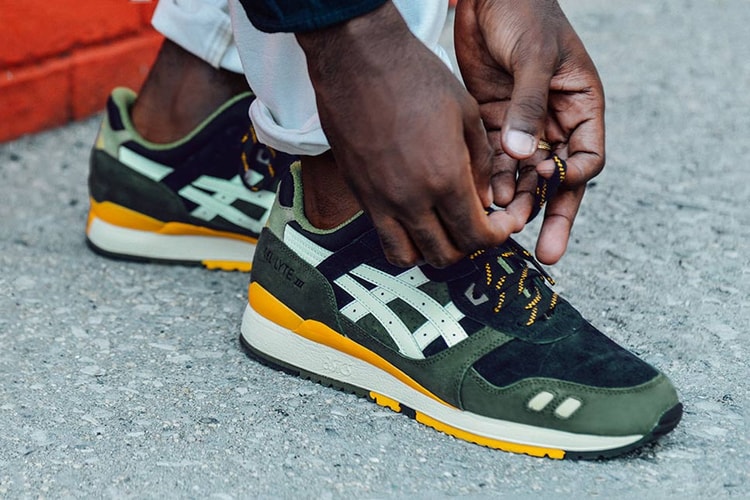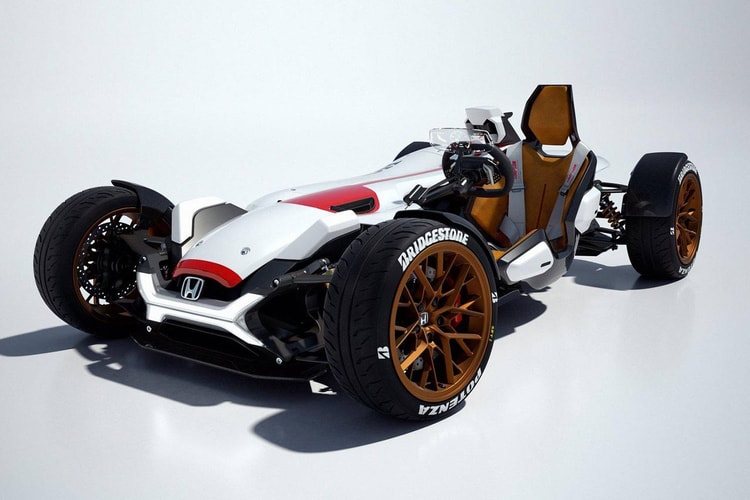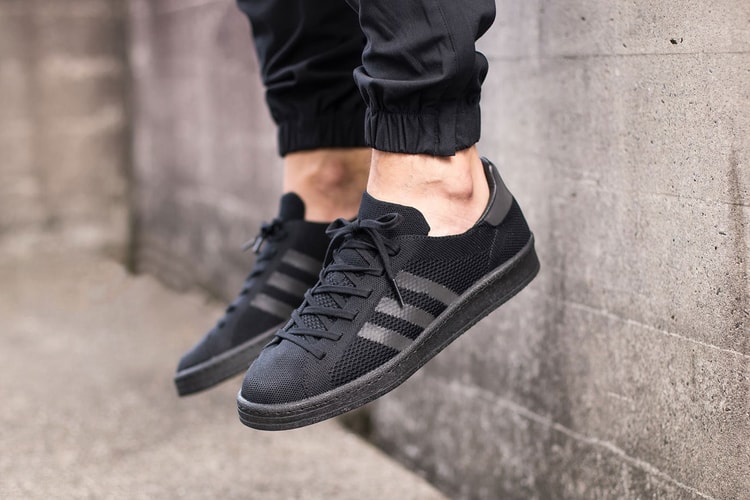Go Inside the Studio of Thom Browne
“I think there’s something really refreshing when things don’t change too much.”
The New York Times, in its recurring “In the Studio” video series, sat down with the venerable Thom Browne to give us a glimpse into his minimal studio in the Garment District area of NY. Best known for his well-tailored suits and affinity for the color gray, the workspace mirrors the aesthetic of his eponymous label, but we also discover some unusual quirks behind the designer (read: a bed in his office). The video also reveals the inner-workings of his staff and fondness for his father’s suits as a source of inspiration. Below is an excerpt from the supplementary written interview but for the full divulgement, head over to nytimes.com.
What’s the new look?
There are specific things that I like to be uniform across all my spaces. There’s always an Italian 1940s architectural reference, with marble walls. And blinds that reference midcentury American offices as well.I grew up in Allentown, Pa., and my parents were both professionals. They worked in offices similar to this. I like to walk into an environment that is very similar to the way I live. The feel of my apartment is very similar to my office. The aesthetic is pretty minimal: very square and rectangular. There’s not a lot of rounded surfaces.
Why do you have a bed instead of a sofa?
I use it more as a daybed as opposed to a bed. I don’t take naps on it, but I think it makes my office seem not so officelike. If I have to have a serious conversation, we tend to sit on the daybed. Sitting side by side makes it not as confrontational.The mirror behind the bed has no purpose at all. It’s actually the worst mirror because it distorts your body and makes you look short and dumpy. I had it in the store initially and everyone complained, so I moved it here. And now I know why they were complaining.
So how does a collection start?
With a conversation. Then we go directly to pattern-making and then to work on the body. Spring-summer, for example, really started with Andrew Bolton’s show at the Met, based on China and how it influenced designers. I was surprised by that.Personally, Japan is very important to me. So I thought about using my references, which are not always so intellectual — they’re simple, like Mount Fuji or geisha culture, or dragons, or koi fish — in a very serious tailoring way, using the technique of intarsia, which is basically very intricate hand-piecing of fabric.




